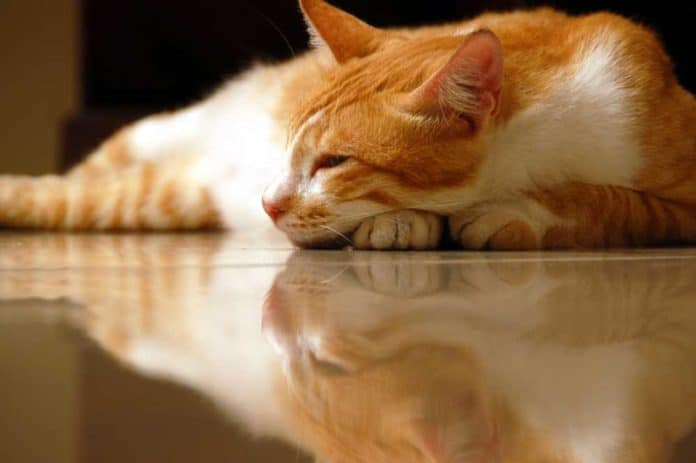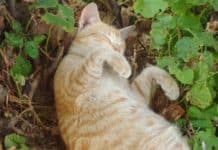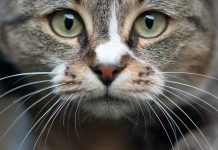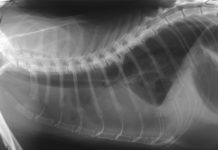Hepatic lipidosis or fatty liver disease in cats is one of the most common austere liver conditions that affect cat. The main functions of the liver include the detoxification of the body, production of chemicals essential for the digestion, as well as protein synthesis. Moreover, liver also plays a significant role in the emulsification of fats, metabolism, red blood cells decomposition, as well as the production of coagulation factors. The liver is very important to the body, thus anything that hiders its functions isn’t a good indication. Read on to this article and get to learn more about hepatic lipidosis in cats.
Fatty Liver Disease in Cats: What is this feline condition?

The liver, as we know, is responsible for various functions essential for life. This includes detoxification of the body, producing of digestive chemicals, as well as various metabolic functions. When the fatty liver disease in cats happens, the liver may no longer be able to carry out these functions, thus causing complications and even death in the cats.
Moreover, fatty liver disease in cats is a chronic illness, which may be lethal when left without any treatments. The malady may happen in the event that the cat stops eating because of a poor appetite. Further, the body of the cat is then forced to convert the stored fat cells to energy. Due to the fact that the cat’s body relies on the high protein levels, the fat does not convert well. this is what causes the fat build up in the liver cells, as well as reduce its function.
Causes of Hepatic Lipidosis in Cats
Even though the cause of fatty liver disease in cats isn’t always known, some conditions or diseases may actually increase the risk of the cat in getting fatty liver disease. These causes may include:
- Generalized conditions
- Being obese or overweight
- Diabetes
- Cancer
- Kidney disease
- Liver disease
- Pancreatitis
- Refusal in eating because of environmental changes, like dietary changes, adding new members to the family, moving house, accidental confinement, or loss of family pet or family cat.
Symptoms of Hepatic Lipidosis in Cats
The symptoms start slowly as the cat stops eating and the progress rapidly as the liver starts to fail. These symptoms may include the following:
- Comatose
- Suddenly fainting or collapsing
- Drooling
- Jaundice
- Seizures
- Weakness
- Muscle deterioration
- Downward flexion of the head and neck
- Dehydration
- Diarrhea
- Constipation
- Vomiting
- Rapid weight loss
- Reduced appetite
- Anorexia or the refusal to eat, which may last for a few weeks
Prognosis of Hepatic Lipidosis in Cats

The vet may need to know the complete medical history of the cat, as well as any latest stress, which may have possibly affected the cat, all of the perceived symptoms, as well as when the symptoms first started. Moreover, a complete listing of the accompanying symptoms may also help the vet in the diagnosis of the main condition, which may have caused the fatty liver disease in cats to happen.
Lab tests like CBC, biochemical profile, and urinalysis may need to be done. All of these tests may be both an indication of hepatic lipidosis and the primary cause of it. Moreover, blood tests may also show the red blood cells, which are abnormal in size, varying on the count of white blood cell levels, an increase in alkaline phosphate enzyme, as well as the loss of red blood cells.
Moreover, an ultrasound might also be done of the liver and the surrounding organs of the cat. A liver that’s enlarged, as well as kidney and spleen abnormalities are indications of fatty liver disease. The vet might also do a needle aspiration or a biopsy, in order to confirm the prognosis. Both of these tests may be sent to an outside laboratory for testing.
Treatments for Hepatic Lipidosis in Cats
Medications
Anti-nausea medications might be recommended to the cat to help in retaining the food that they eat. The vitamin supplements like vitamin B complex. Vitamin K, thiamine, and vitamin E might also be recommended in correcting any nutritional losses in the cat.
Fluid Therapy
In case the cat is austerely dehydrated, hospitalization for fluid therapy may be necessary. The cat might be intravenously given these fluids. Moreover, the vet may monitor the laboratory tests of the cat, in order to make sure that the fluid is processed appropriately and is not causing any issues with the kidney processes.
Feeding Tube or Force Feeding
Treating the fatty liver disease in cats is contingent on the normal diet of the cat. The cats who refuse in eating out of a dish may either need to be fed through a feeding tube or force fed. The food may be forced down into the esophagus of the cat using a syringe, taking care that the aspiration does not happen. In case the cat is not responsive to force feeding, a feeding tube might be needed.









